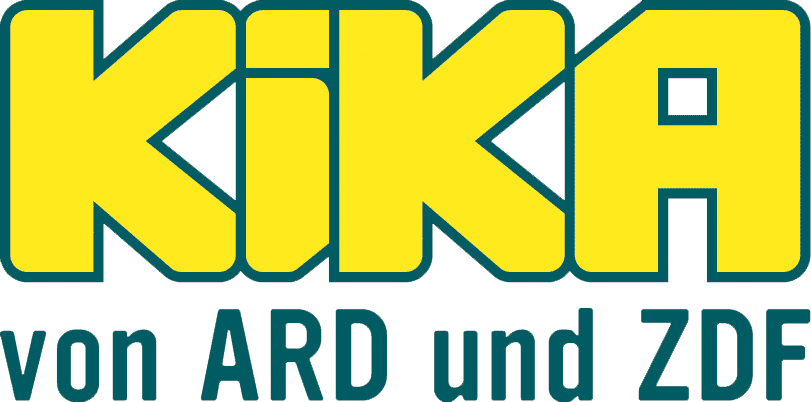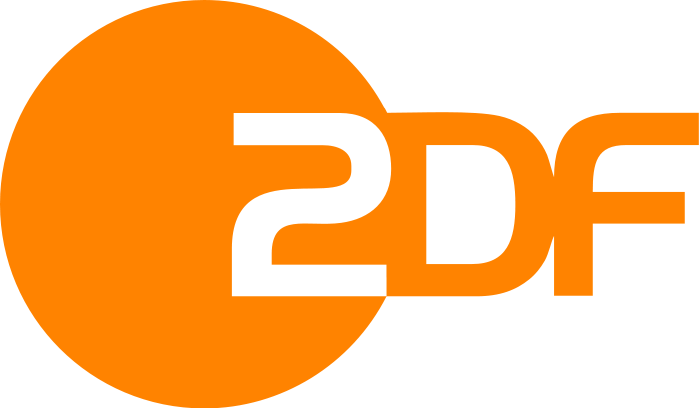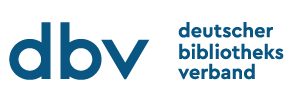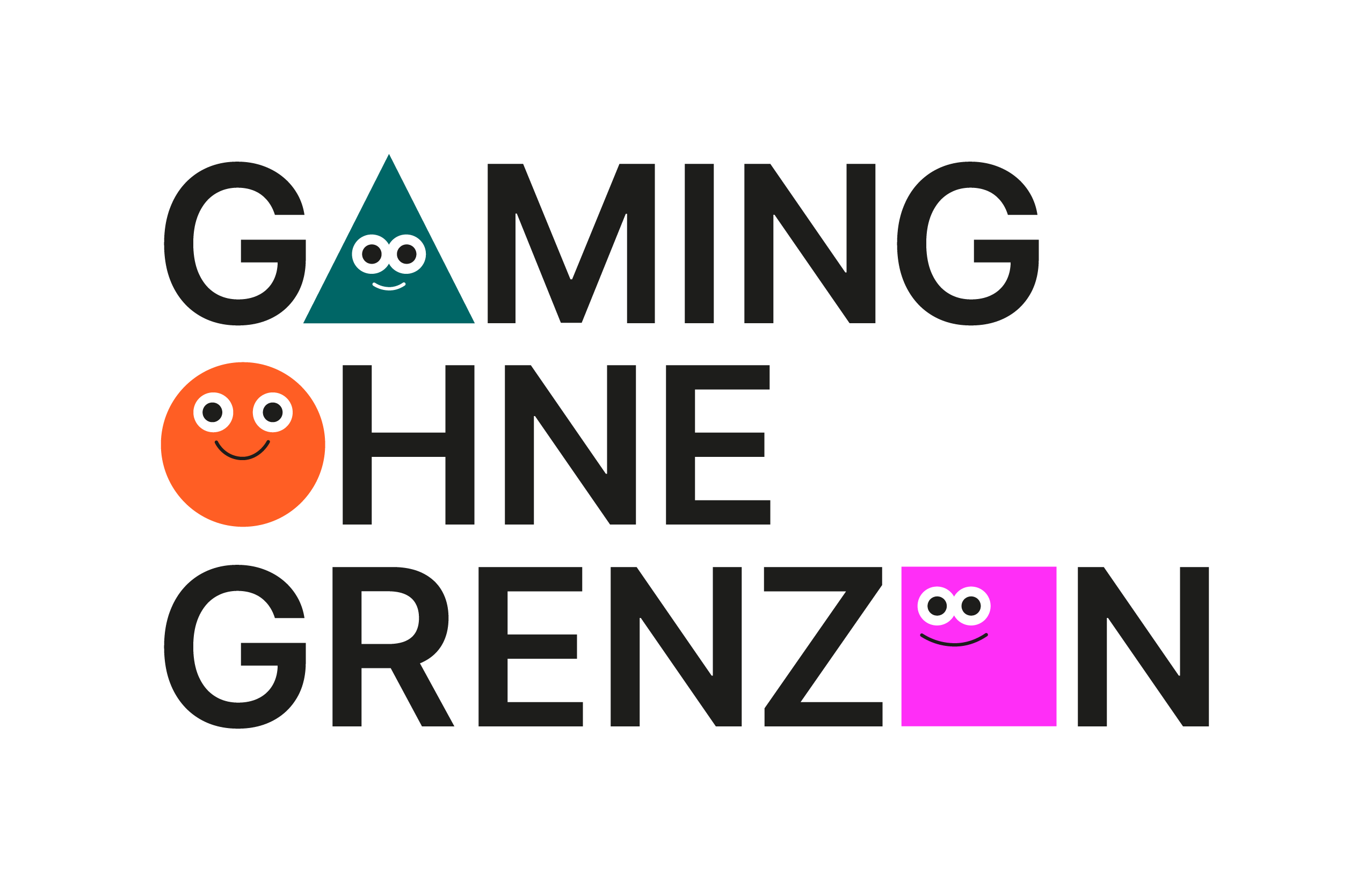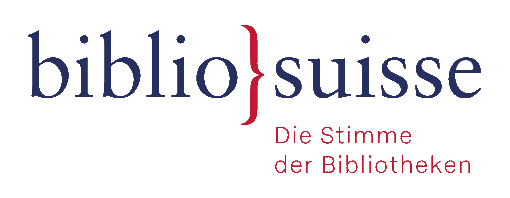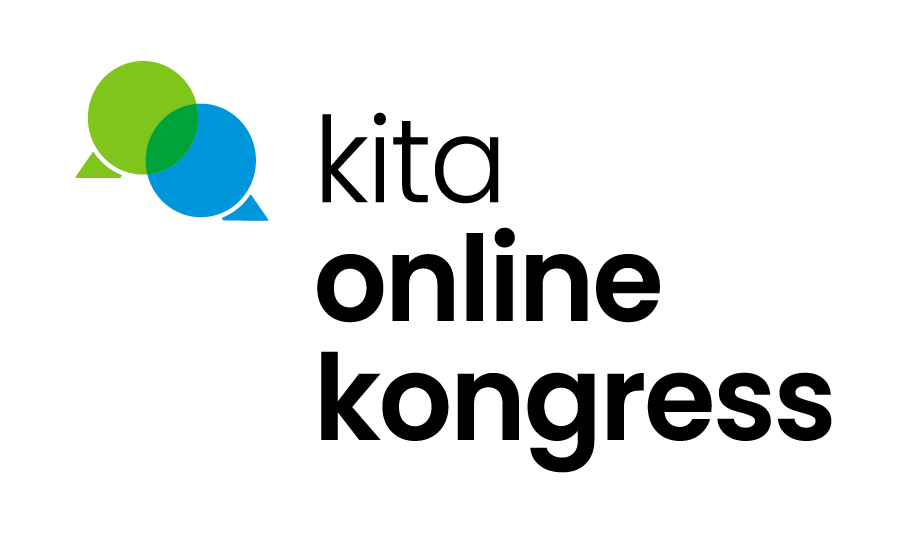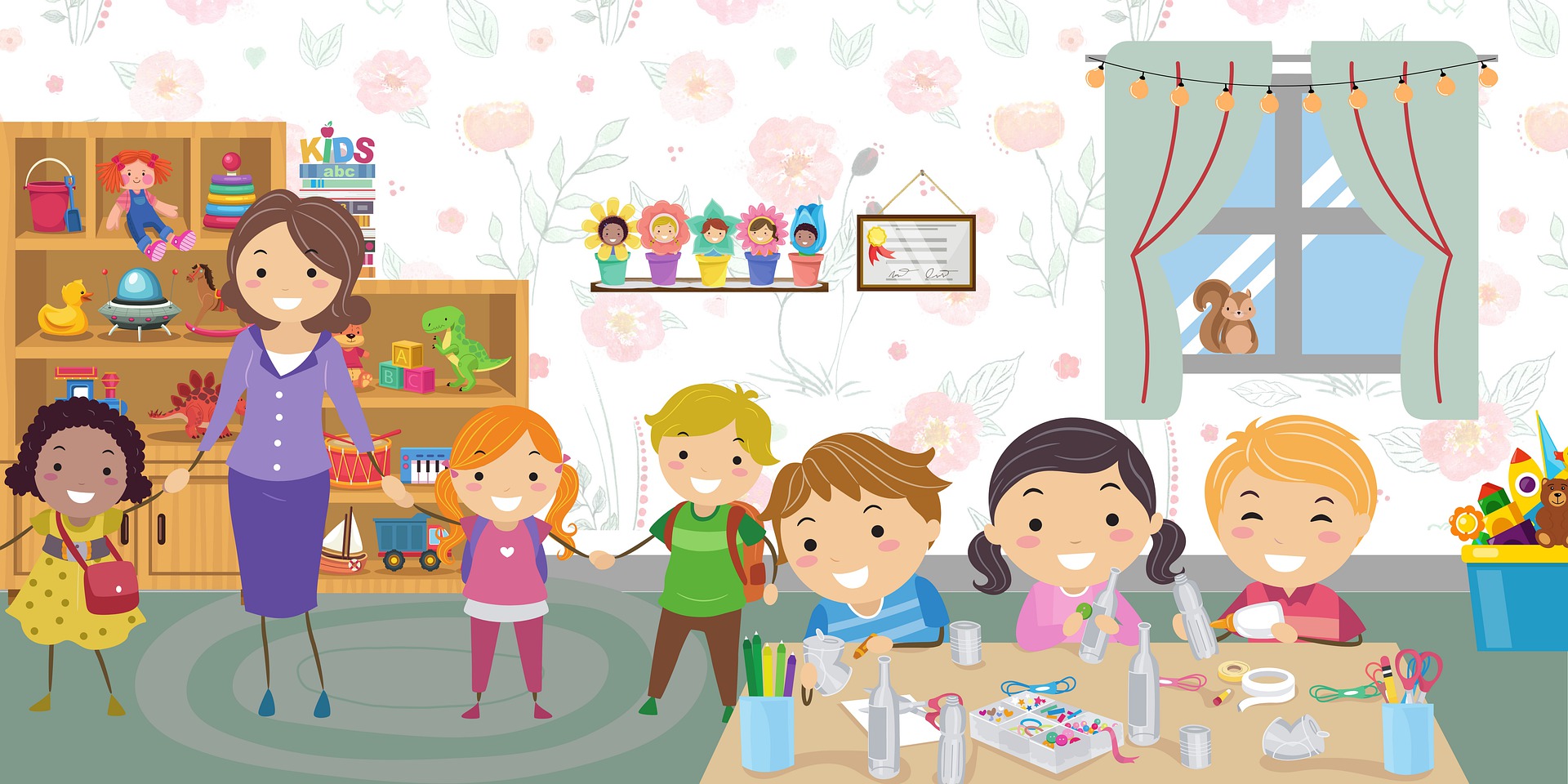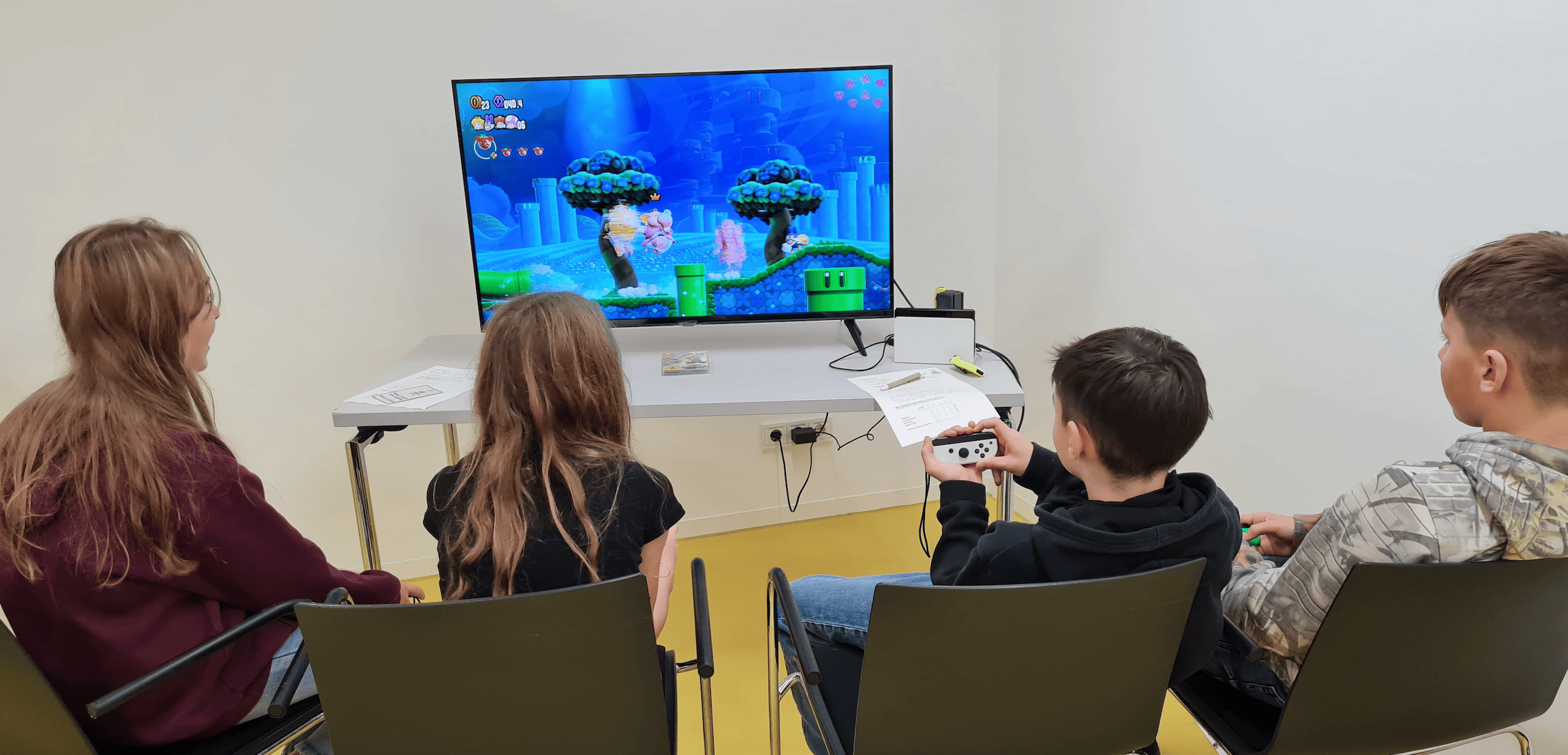Children's Software Prize 2025
TOMMI criteria catalog: Pedagogical value category
| Subcategory | Criterion | Criterion description | Target group | Software type |
|---|---|---|---|---|
| Contents | Software covers age-appropriate and life-world content. | By dealing with content from the children's world in an age-appropriate and developmentally appropriate way, important emotional skills such as empathy can be promoted. Furthermore, it is good if the software promotes incentives for a more in-depth discussion of the topics, for example, if the children exchange information with their family via the software. | Children, parents, teachers, educators, librarians | All applications |
| Contents | The content of the software is appropriate for the age of the target group. | The content of the software complies with the age recommendation of the USK and is appropriate for the age of the target group. Software intended for kindergarten children, for example, should not show blood or violence. | Children, parents, teachers, educators, librarians | All applications |
| Contents | Software takes into account the needs of the target group. | The content of the children's software is adapted to the target group and its presentation serves the needs of the age group. This means that games for younger age groups primarily train the use of media before the software focuses on imparting knowledge. | Children, parents, teachers, educators, librarians | All applications |
| Contents | Software offers starting points for family discussions. | Through topics and content that the whole family can understand, players can share and develop their social skills. | Parents, teachers, educators | All applications |
| Ethics and morals | Software is compatible with basic moral and ethical values. | The children's software conveys values to the players by not crossing moral-ethical boundaries. | Parents, teachers, educators | Educational software, entertainment software |
| Ethics and morals | Software conveys values. | Diverse ethnicities, cultures, and languages of game characters promote an open world view. | Parents, teachers, educators | All applications |
| Ethics and morals | Software does not include stereotypical portrayals of specific characters. | No stereotypical portrayals of certain genders or social groups. | Parents, teachers, educators | All applications |
| Depictions of violence | Software includes non-violent conflict and problem solving. | If there are any problems or conflicts in the software, they should be resolved non-violently so as not to teach children that it is okay to use violence. | Parents, teachers, educators | Educational software, entertainment software |
| Depictions of violence | If violence, discrimination or the like occur, they are dealt with critically. | Parents, teachers, educators | Educational software, entertainment software | |
| Tasks | Tasks can be completed at your own pace. | So that there is no time pressure and the children can learn according to their individual performance, it should be possible to work on the tasks at any time and without limit. | Parents, teachers, educators | Educational software |
| Tasks | Children are not put under pressure when working on their tasks. | For example, an expiring timer could cause children to become stressed, which has a negative impact on learning. | Parents, teachers, educators | Educational software |
| Tasks | The order and the degree of difficulty of the tasks can be chosen independently. | In order to support the interests and abilities of the children, the tasks should be individually workable. | Parents, teachers, educators | Educational software |
| Tasks | After solving tasks, software gives immediate feedback. | In order for children to improve and learn, the software must provide them with regular feedback on the tasks they have completed. | Parents, teachers, educators | Educational software |
| Tasks | Incorrectly solved tasks can be repeated. | Mistakes are very important for a learning process. Tasks that were done incorrectly should be asked again in the course of the application in order to learn from the previously made mistake. | Parents, teachers, educators | Educational software |
| Tasks | Task is clearly defined and easy to understand. | In order for set tasks to be easily processed, the task must be clear and easy for children to understand. | Parents, teachers, educators | Educational software |
| Tasks | Software pursues a clear goal, which is apparent to the user. | Concrete goals motivate to solve different tasks to achieve those goals. A software without goals could seem end- or meaningless. | Children, parents, teachers, educators | Educational software |
| Functions | Individual learning paths can be used. | In order to promote diverse student learning, there should be different and individualized ways in which the child chooses to learn the required content. | Teachers, educators | Educational software |
| Functions | Exercises and tests can be performed. | In order to deepen and test what has been learned and knowledge, tests and exercises are an important means, including in school. These proven means should also be available in learning software. | Teachers, educators | Educational software |
| Competencies | Software encourages further research. | In order for children to be able to develop according to their area of interest, children's software should not have a linear structure, but should provide as many different paths as possible and promote individual processes. | Children, parents, teachers, educators | Educational software, entertainment software |
| Competencies | Software promotes eye-hand coordination. | By reacting to what is seen with a corresponding movement on it with the hand, the eye-hand coordination is promoted. | Children | All applications |
| Competencies | Software promotes dexterity. | Through different ways of using the console and controller, the skill "dexterity" can be promoted in game players. | Children | All applications |
| Competencies | Software promotes logical and strategic thinking. | Game elements such as riddles, puzzles and brainteasers can promote logical and strategic thinking in the player. | Children | All applications |
| Competencies | Software promotes reading skills. | Reading skills can improve by reading the dialogues and tasks. Children develop motivation to understand the story and thus read the text passages. | Children | All applications |
| Competencies | Software promotes spatial thinking. | The game elements require spatial thinking. Example: By arranging and/or moving different levels in the game, the player creates the way to move forward. | Children | All applications |
| Comptences | Software promotes creativity and activity. | The software offers a space to act out freely and creatively. By solving puzzles or other tasks in the game, for example, creative conflict resolution can be promoted. | Children | All applications |
| Competencies | Software imparts knowledge. | Topics that have been dealt with in a child-friendly way are easier to grasp and process in a playful context than through pure narration or dull memorization. | Children | All applications |
| Comptences | Knowledge is imparted in a playful way. | When it comes to imparting knowledge in children's software, the focus is on the way. The knowledge is integrated into the game and is conveyed casually during the game process, for example, what needs a pet has. | Children | All applications |
| Competencies | Software conveys empathy. | This can be done, for example, by having characters in the game have similar characteristics to oneself and thus empathize with them. | Children | All applications |
| Competencies | The electronic toy promotes imagination and imagination. | For smaller children, simple and versatile toys are sufficient, e.g. a building block can represent a barking dog for the children, but also a starting car, and children often make matching sounds. Imagination and imagination can be limited if, for example, vehicles already make sounds and these cannot be imitated independently or toys function automatically without intervention. | Children | Electronic toy |
| Learning | Software offers a balance between learning and fun. | Software can only effectively promote learning and thus have pedagogical value if there are appealing intrinsic stimuli such as feedback on achievements. Furthermore, the educational purpose of the software should not override the fun of the game, because otherwise the intrinsic motivation is usually lower. | Children, parents, teachers, educators, librarians | All applications |
| Learning | Software has an educational benefit and can be used in educational practice (e.g. in schools or daycare centers). Use of educational software is especially good in fact-based and science subjects. | The software offers accompanying teaching material, educational licenses and instructions for adults. It is also important whether the software can teach learning content (e.g. general knowledge) and whether the content is life-world oriented and relevant to the classroom. It makes particular sense to use the software in learning subjects such as math lessons, homework and science lessons, in some areas of German lessons and in foreign languages. Complex subjects and tasks, on the other hand, can be taught less well using educational software. | Children, parents, teachers, educators, librarians | Educational Software, Electronic Toys |
| Security | All the criteria listed under the top category of safety also play a supporting role for the educational value and should be fulfilled. | To avoid duplication, the individual criteria are not listed again. However, all criteria that are formulated in the upper category of safety, such as a childproof room, should be fulfilled. | Children, parents, teachers, educators, librarians | All applications |
| Subcategory | Criterion | Criterion description | Target group | Software type |


